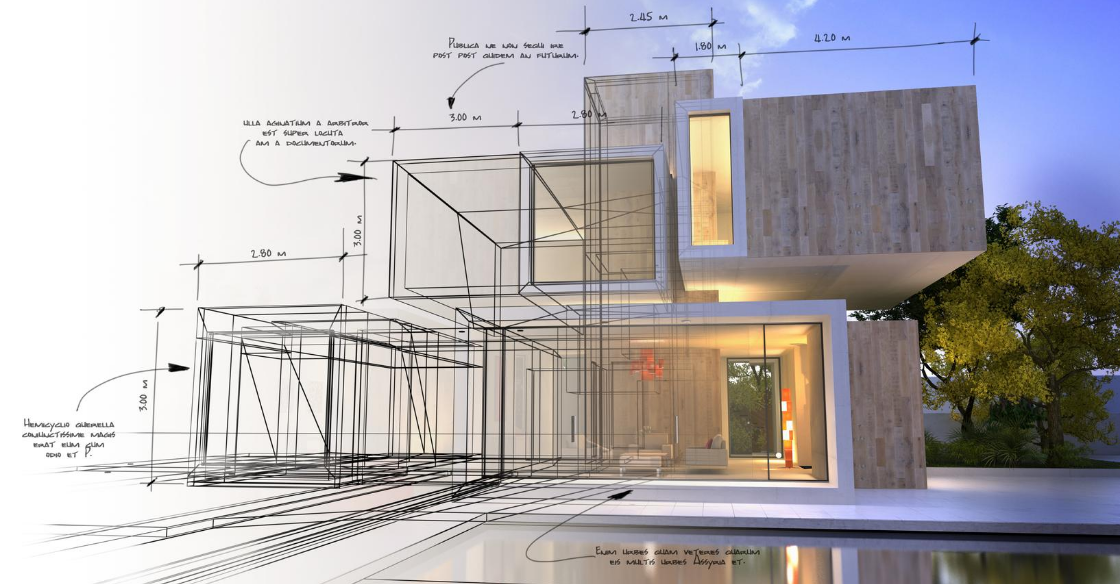The Important Duty of an Engineer fit Lasting Urban Atmospheres for Future Generations
The duty of an architect in crafting lasting urban atmospheres is increasingly essential in responding to the obstacles of environment adjustment and urbanization. By effortlessly incorporating eco-friendly concepts into their styles, architects not only boost the visual and practical quality of metropolitan areas however likewise address pressing issues such as power efficiency and social equity.
Comprehending Sustainable Urban Design
Sustainable urban design integrates eco-friendly concepts with metropolitan planning to develop environments that are not just comfortable but additionally durable. This technique emphasizes the value of incorporating natural systems right into the metropolitan fabric, making certain that development meets the needs of the present without compromising the capacity of future generations to satisfy their own needs. Crucial element of lasting city design consist of reliable land usage, the promotion of biodiversity, and the integration of environment-friendly areas, all of which add to improved top quality of life for locals.
Furthermore, sustainable urban design focuses on the reduction of the urban heat island effect, boosted air high quality, and reliable stormwater management. It motivates the use of renewable energies and energy-efficient structure methods, which considerably reduced carbon footprints. Lasting metropolitan layout cultivates social equity by producing available public areas and advertising mixed-use developments that cater to varied populaces.
Through thoughtful planning and innovative layout methods, lasting metropolitan settings can enhance neighborhood strength versus environment change while promoting financial development. This holistic method not just addresses instant metropolitan challenges yet likewise prepares for much healthier, a lot more lasting cities for generations to find.
Trick Duties of Designers
Designers play a pivotal function in shaping lasting metropolitan settings by equating layout principles into concrete frameworks and spaces. Their responsibilities include a large range of tasks that add to the overall success of metropolitan design jobs.
Primarily, architects carry out comprehensive site evaluations to understand the environmental, social, and social context of their tasks. This fundamental knowledge notifies their design choices, guaranteeing that buildings harmonize with their environments. They also engage in joint processes with stakeholders, including city planners, designers, and the area, fostering a comprehensive approach to city advancement.
Furthermore, architects are charged with developing designs that maximize energy effectiveness, resource preservation, and functionality. They have to abide by neighborhood zoning laws, constructing codes, and sustainability accreditations, guaranteeing compliance while pressing the boundaries of technology.
Additionally, architects are liable for handling the layout procedure, collaborating with different specialists throughout the building stage to guarantee that the vision is recognized properly (cda architects). Inevitably, their function is not only about looks; it is regarding producing resilient, flexible areas that improve the high quality of life for present and future generations, preparing for sustainable urban living
Innovative Materials and Techniques
:max_bytes(150000):strip_icc()/Buildingdesigns-GettyImages-912482942-db55b3af711044a3a42ad1040c6711a9.jpg)
In addition, developments in technology have actually brought about the growth of high-performance products, such as protected concrete types (ICFs) and photovoltaic or pv glass, which add to power conservation and harness sustainable power. Strategies such as passive solar style and eco-friendly roofings further exhibit just how design can harmonize with all-natural systems, decreasing dependence on fabricated cooling and heating.
Moreover, the integration of smart products, which adapt to ecological changes, supplies promising avenues for improving building performance. These products can reply to temperature changes or dampness levels, maximizing convenience and sustainability.
Inevitably, the critical selection and application of cutting-edge products and strategies empower architects to produce city areas that are not just practical and cosmetically pleasing yet additionally durable and ecologically accountable, making certain a sustainable future for generations ahead. cda architects.
Neighborhood Engagement and Partnership
The success of cutting-edge materials and methods in sustainable metropolitan design check out here is substantially enhanced by energetic neighborhood engagement and cooperation. Engineers need to recognize that the built environment exceptionally influences the lives of regional citizens, making it necessary to include them in the layout process. Involving the neighborhood promotes a feeling of possession and responsibility, guaranteeing that developments not only fulfill visual and functional needs but likewise reflect the worths and desires of those that populate them.

Effective community involvement additionally assists in prioritizing social equity within urban growth. By taking into consideration the voices of marginalized populaces, engineers can produce spaces that are inclusive and equitable. By doing this, neighborhood involvement and cooperation come to be integral to attaining genuinely lasting metropolitan atmospheres that offer the demands of present and future generations.
Future Patterns in Sustainable Architecture
An arising emphasis on flexible reuse and circular economic situation concepts is established to redefine the landscape of sustainable style. As cities grapple with boosting population densities and environmental challenges, architects are increasingly transforming to approaches that maximize existing frameworks instead of seeking new builds. This strategy not just preserves cultural heritage however also dramatically lowers source consumption and waste.
Furthermore, advancements in modern technology are forming future fads in sustainable architecture. The assimilation of smart materials and structure systems enables real-time power management, improving efficiency and lowering carbon footprints. Advancements such as green roofing systems, living wall surfaces, and energy-generating exteriors are coming to be typical practices, better advertising Your Domain Name eco-friendly balance within urban atmospheres.
In addition, a shift in the direction of biophilic style is getting traction, highlighting the link in between nature and human well-being. By integrating natural environments, architects develop spaces that foster mental health and wellness while promoting biodiversity.
Conclusion
Finally, architects are critical in advancing sustainable urban atmospheres through their proficiency in style, cutting-edge products, and area interaction. By focusing on energy effectiveness and source conservation, these professionals add to the creation of resistant metropolitan rooms that fulfill the demands of present and future generations. The combination of ecological principles not only boosts livability useful source but additionally fosters social equity, guaranteeing developments reverberate with the worths and goals of the neighborhoods they serve.
Comments on “Why CDA Architects Are Leaders in Architectural Style and Advancement”